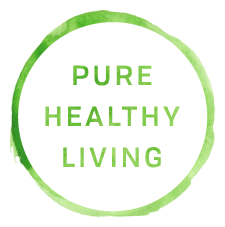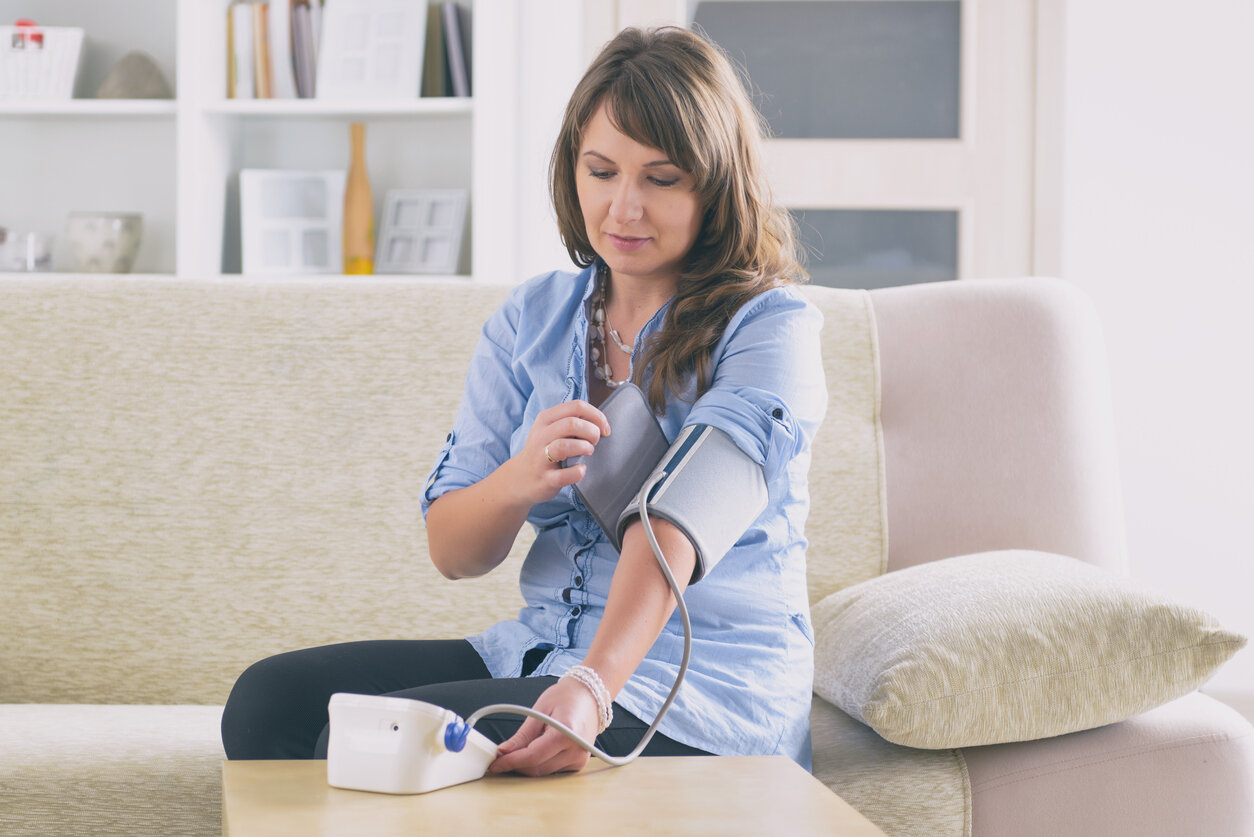Am I Healthy? How To Check Your Health At Home
Advertising Disclosure- Our content is free because we earn a commission when you click or make a purchase using our site.
There’s a broad range of reactions when it comes to getting sick. On one hand, there are people who call the doctor as soon as something feels off and on the other’s there are people who won’t go to the doctor unless something falls off.
Ideally, you wanna land somewhere in the middle.
Your health is not something to take risks with, but it can also be inconvenient and potentially expensive to go to the doctor's office for small things. Not to mention, in any medical facility, you may also run the risk of being exposed to additional germs, bacteria and viruses.
In non-critical situations some people will use a site like WebMD to self-diagnose but that can get a little dicey, to say the least. And there are a lot of quizzes online that ask questions about your diet, habits, lifestyle and general outlook - but the results are always going to be a generalized assessment based on known best practices for overall health.
That’s why we’ve put together a few helpful home-based ways to check your health, in a more personalized way, to get peace of mind when it comes to non-urgent conditions.
We arne’t doctors here but we do know that, there is NO substitute for medical attention from a healthcare provider, especially in an emergency.
But - if you’re on the fence between getting a check-up and waiting it out because going to the doctor is a hassle, we’ve found a middle-ground that may work for you. Instead of hoping that whatever’s wrong goes away on its own, try one of these options to get some help without spending a fortune or rearranging your schedule.
Use Telemedicine
We’ve learned a lot about all of the things that are possible, if not perfect, through digital conferencing. We can teach, we can learn, we can collaborate and we can have happy hours.
So why shouldn’t telehealth be thriving?
Telehealth expansions that have emerged during the public health emergency have more than doubled allowable telehealth services. While the full future of telehealthcare access remains to be seen, for the moment, it remains an accessible, affordable, and viable solution for minor health care concerns.
So what’s minor? Great question. It could be anything that doesn’t require emergency care. Things like:
Pink eye
Ear infections
Allergies
Asthma
Depression
STD’s
Prescription Refills
Depression/Anxiety
Ecezema
Migraines
That’s not an exhaustive list, but you probably get the idea. If your issue isn’t life-threatening then it could be resolvable from home. To be fair, you may have to go out to get your prescription, but you won’t have to make an appointment for that.
If your primary care physician isn’t offering telehealth services, there are a lot of independent healthcare providers that are providing telehealth virtual appointments for new patients. While policies on insurance acceptance may vary, some platforms charge as little as $40 for a consultation, diagnosis and prescription.
And how’s the quality of telelhealth care? Not too shabby, according to studies aggregated by eVisit. They say:
A study of the outcomes of care for 8,000 patients who used telemedicine services found no difference between the virtual appointment and an in-person office visit.
About 67% of patients said that using telemedicine somewhat or significantly increases their satisfaction with medical care.
About 21% of patients who have used telemedicine services say the quality of care was similar to or higher than an in-person visit.
So, if something itches, hurts, or waters a little - don’t procrastinate because life is busy, just make a virtual appointment.
Take an At-Home Health Test
Issues like pink eye or a skin infection may be pretty hard to ignore. So what if you think something is wrong, but you’re not quite sure? You can definitely go to your doctor, who will ask some questions, run some tests and hopefully get you some answers. And if you feel off and have no idea why, that’s probably what you’ll have to do, to be honest.
But if you think you might know what the problem is, there’s a way to confirm your suspicions. Here are just a few things you can test for at home:
STDs
Fertility
Testosterone Levels
Diabetes
Vitamin Deficiencies
Cholesterol
Lyme Disease
Again, that’s just a sample of things you can test for at home, and if you’ve got specific questions about your wellness, reproductive or sexual health, home testing kits are convenient and the results are usually available through a secure online account within a matter of days.
This can be a especially useful for people who may be experiencing food sensitivities, women who are curious about the state of their fertility, and anyone who might feel uncomfortable asking their doctor directly for an STD test.
Some tests use a swab sample while others require a finger prick for a blood sample. But whatever the testing method is, you can usually find videos to help you collect your sample.
This is not a substitute for annual physicals and cannot replace comprehensive lab testing your doctor may want to do based on your age or health history. But it is a viable way to get a more definitive answer than Googling your symptoms.
Take a Strength and Flexibility Evaluation
The older we get, the more we have to be concerned about when it comes to our health. Youth AND health tend to be wasted on the young. But if you’re starting to experience soreness, stiffness, muscle aches, and cramps, it may be a good time to do think about testing your flexibility, balance and strength.
Flexibility is especially important because it affects your posture, mobility and muscle coordination. Being flexible isn’t just important for dancers or contortionists. Very few people need to be that flexible. But building or maintaining normal levels of flexibility can help reduce your risk of injury and help decrease muscle soreness.
When you don’t work on flexibility,your muscles can shorten over time in a way you can actually feel. For example, if you sit a lot, you may experience stiffness in your hips which may be a sign of limited or diminishing flexibility.
Balance and strength are also important, particularly for older individuals. Deteriorating balance and strength can increase the risk of falls and other injuries during physical activity and this can be a major cause for concern for anyone who lives alone.
Age may be only a number when it comes to your mindset and joie de vivre, but as far as your body is concerned, it’s never too early to start being proactive. There are some easy and convenient tests you can take, right from home, that involve a few basic exercises to help evaluate your flexibility, balance, and strength. A dew simple exercises can help give you a sense of whether or not you need to start making a concerted effort to work on these abilities.
Our access to online health evaluations has been growing for years, but recently, it’s blown-up. In a good way. Now, more than ever we have the opportunity to have our specific questions about our own unique health circumstances answered without taking a traditional trip to the doctor. If you’re circumstances aren’t dire, telehealth, at home tests or basic physical evaluations may be a feasible way to get real, personalized answers without making a major detour from your day.
One more time though, if something is seriously wrong with your health - please get off the internet and call your doctor.
More Articles You Might Like











It’s no surprise; legit research backing the health benefits of marijuana continues to roll in, proving that if you have a common health ailment--like one listed below--you now have another more natural treatment option at your disposal.